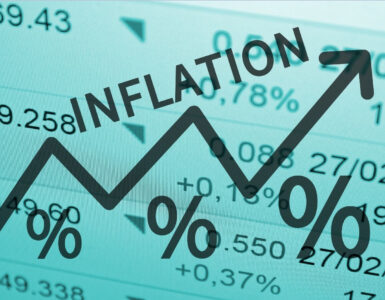Certainly you’ve been watching the stock market over the past few days. It would be hard not to.
Even the most hands-off investor has likely noticed the scare headlines popping up on the evening news, counting out thousand-point drops and flashing downward-sloping charts in bright red. There’s nothing the media likes more than a disaster, after all.
The recent stock market volatility, following years of up markets, is nevertheless the most widely forecast financial reversal in recent history.
Nothing about what we’re seeing now should be surprising — or particularly dangerous to the prepared. But what about the unprepared?
For them I offer a fundamental insight, one which can escape even seasoned investors. When you see a stock market sell off, always remember there are two participants in each and every transaction — a seller and a buyer.
Yes, stocks can go down in value, particularly when a few have been bid up out of proportion to their ultimate long-term profitability. A stock price is, after all, a number today that tells a story about tomorrow.
Remember, though, that as some investors exit the market, others enter. As Warren Buffett put it: “The stock market is a device which transfers money from the impatient to the patient.”
The unprepared are, by definition, impatient. They have overinvested in a small number of companies. They have bet big on unproven names. They have bought what Wall Street is selling, which is action over intelligence, buying over owning, and blind greed over diligence.
For perspective when stock market volatility creeps up, I refer clients to what we call our “Wall of Worry” table.
The table lists market returns back to 1934 and events in the news during those years of gains, as well as losses.
If you take a few minutes to read through it, year-by-year, it’s hard to avoid a simple truth about investing: Wars, bubbles, credit defaults, pandemics, currency devaluations, inflation — none of it stops the upward climb of stock values in most years.
Consider these three data points:
- For over 100 years stocks have roughly doubled every eight years.
- A dollar invested 50 years ago in the S&P 500 SPX, -0.54% is worth well over $100 today.
- Finally, there is no five-year period where the S&P did not register a positive return.
Can you wait up to five years for the stock market to find its footing and give you the return you seek? Great, you’re an investor.
No? Then you shouldn’t be investing at all. To quote Buffett again, “If you aren’t willing to own a stock for 10 years, don’t even think about owning it for 10 minutes.”
Source: Marketwatch










